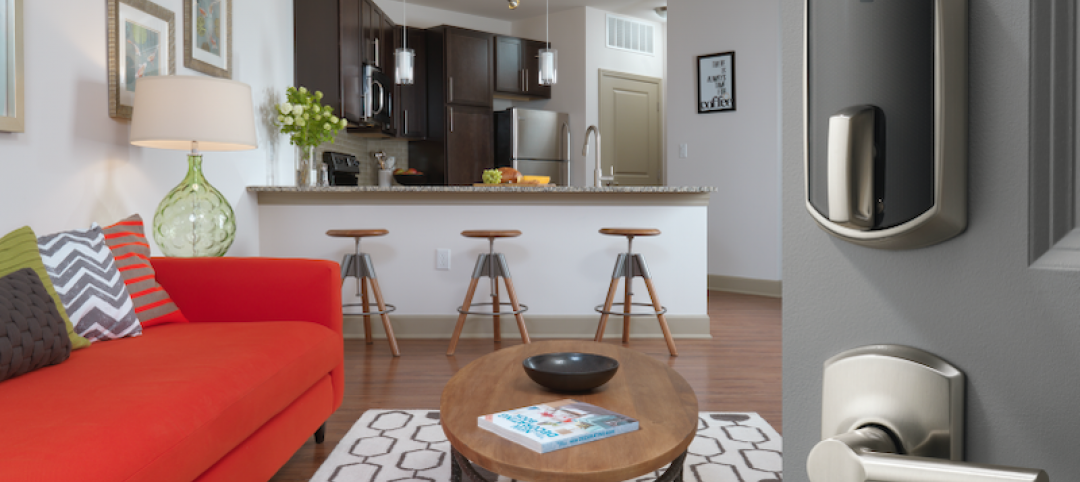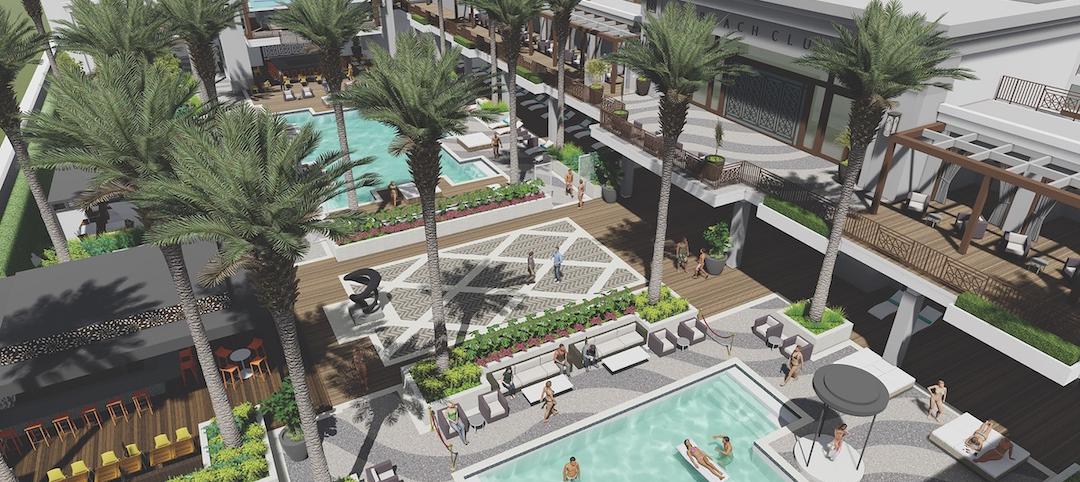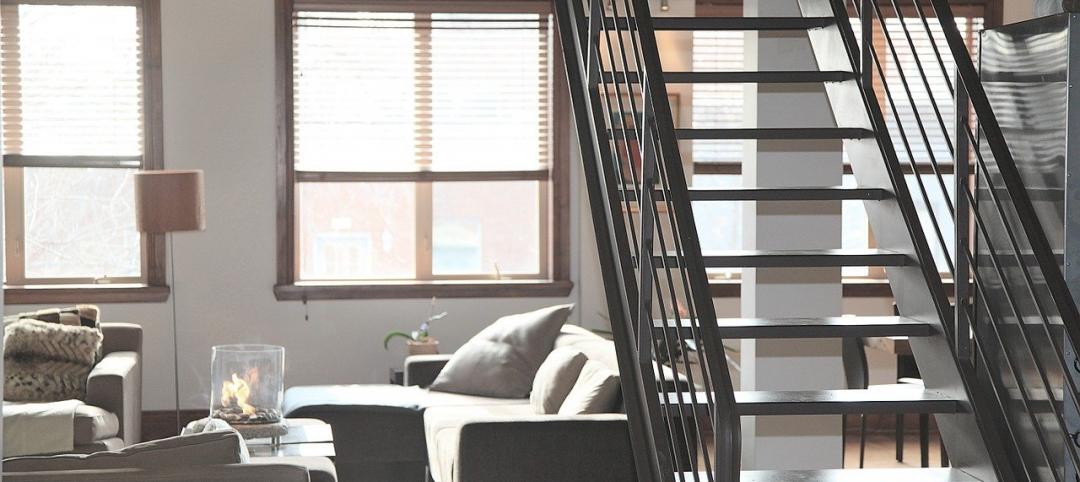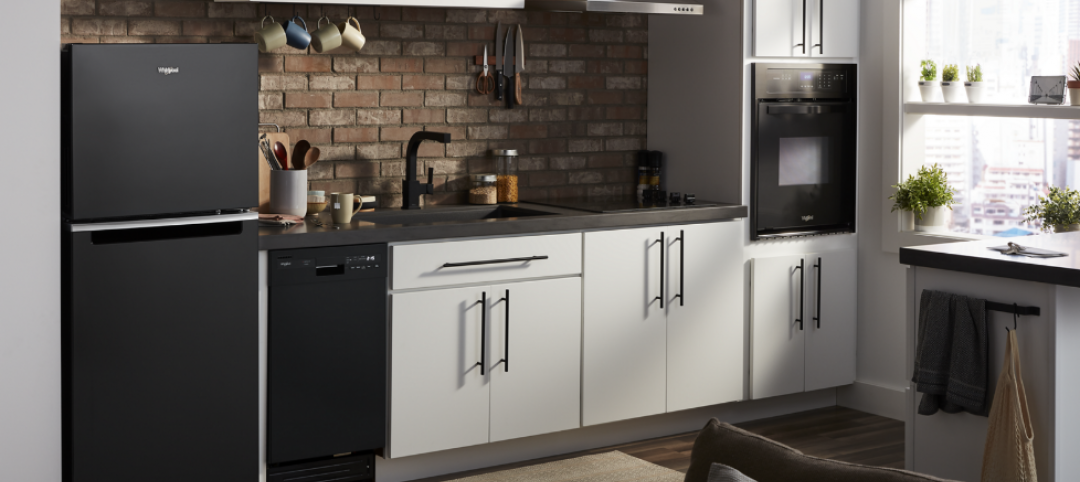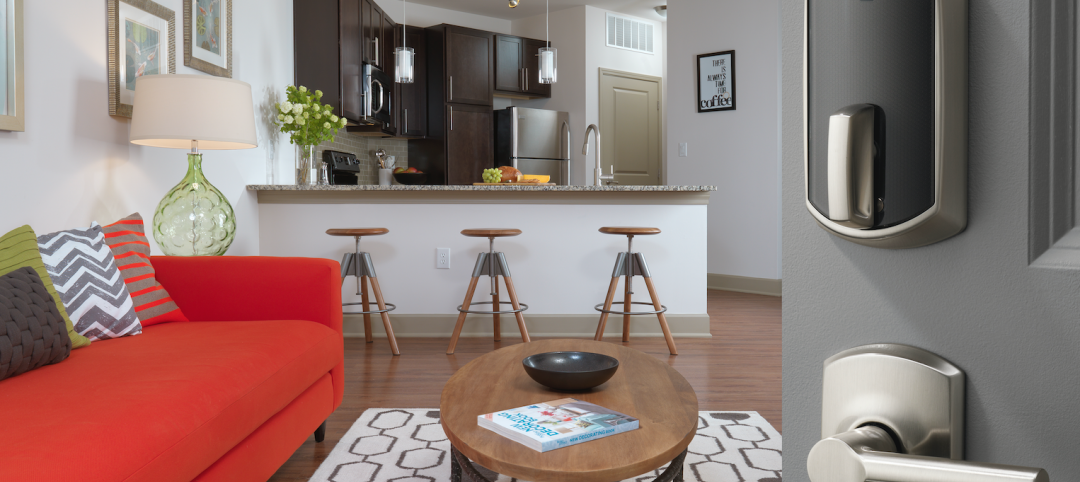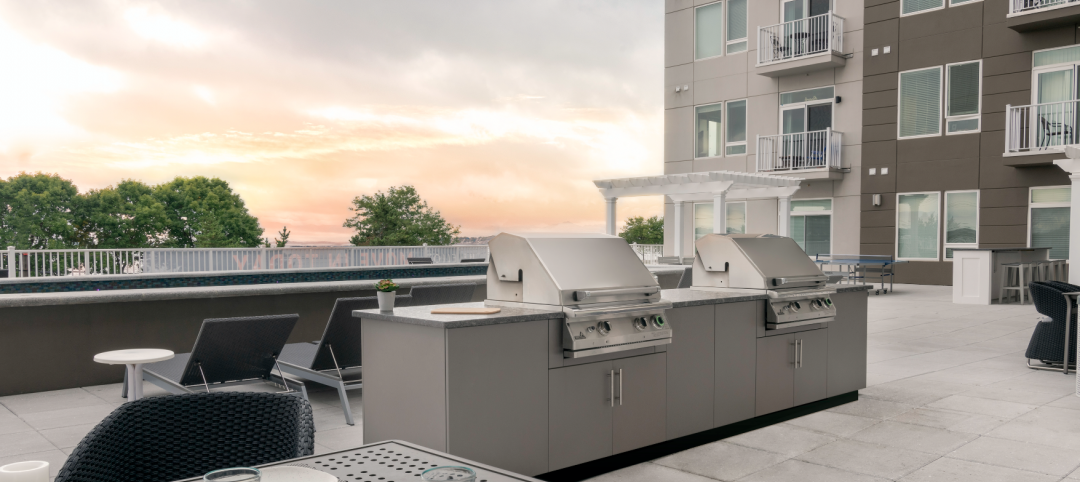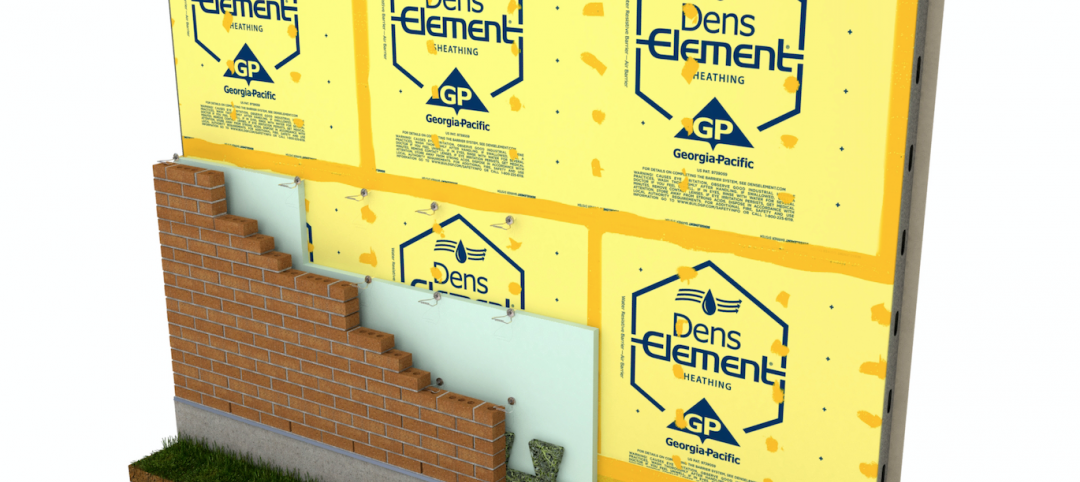The Obama Administration and the state of California are teaming with the Chicago-based MacArthur Foundation on a pilot program whose goal is to unlock Property-Assessed Clean Energy (PACE) financing for multifamily housing.
PACE programs provide money to accelerate renewable energy and efficiency retrofits for energy and water in multifamily housing, with the intention of making that housing more affordable for low-income renters.
California Gov. Jerry Brown announced last month that his administration is creating a California Multifamily PACE program with MacArthur, which has committed at least $10 million in impact investments toward this program and other innovations it is exploring. U.S. Housing and Urban Development Secretary Julian Castro says his department will issue new guidance under which HUD can approve PACE financing on HUD-assisted and HUD insured housing in California. The U.S. Department of Energy is working with the state to assess the performance of this program.
The San Jose Mercury News reports that HUD has also committed to support California’s creation of another pilot financing program for multifamily building, where most or all of the energy use is billed through a common meter.
California’s efforts tie into the Obama Administration’s goal of installing 100 megawatts of renewable energy across federally subsidized housing by 2020. About one-quarter of U.S. households are multifamily, with more than 3 million units in California alone.
Improving energy efficiency in these buildings nationwide by 20% would save nearly $7 billion in energy costs each year and cut 350 tons of carbon pollution in a decade, according to White House estimates.
“Reducing our energy consumption by 50 percent on existing buildings, increasing renewables 50 percent and reducing our petroleum as close to 50 percent as we can,” Brown said about his initiative.
Related Stories
Multifamily Housing | Feb 12, 2020
4 products for your next multifamily project
These new products can help improve any new multifamily project.
Mixed-Use | Feb 7, 2020
Rising to the occasion
Roof deck entertainment spaces are popular amenities that present engineering and code complexities.
Multifamily Housing | Jan 31, 2020
Higher-income renters continue to drive what’s getting built and leased in the multifamily sector
Nearly half of all renters are “cost burdened,” according to the latest Joint Center for Housing Studies report.
Multifamily Housing | Jan 20, 2020
U.S. multifamily market posted solid gains in 2019
Rents grew 3% for the year, according to Yardi Matrix.



